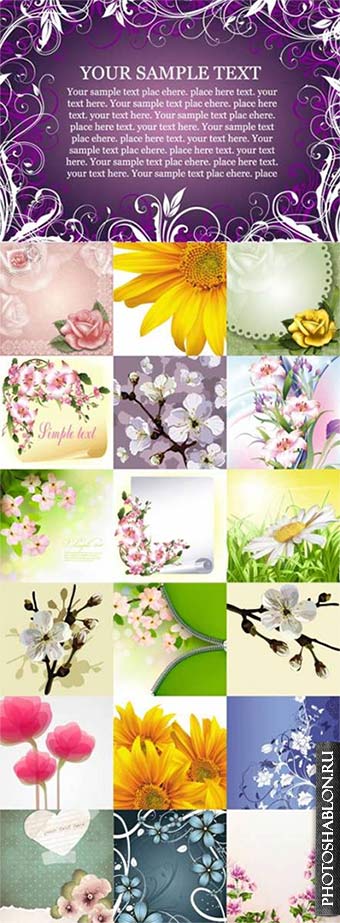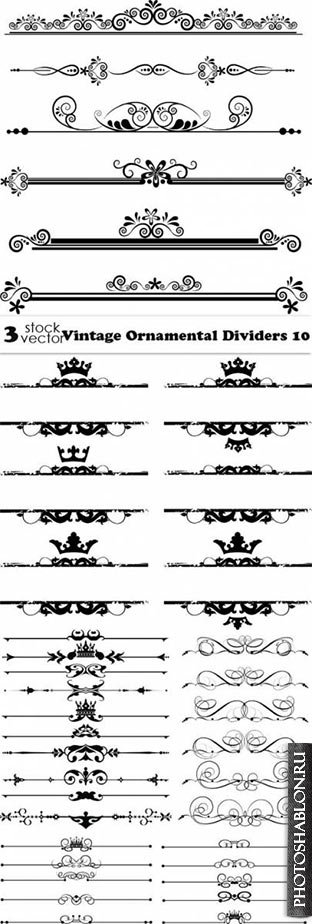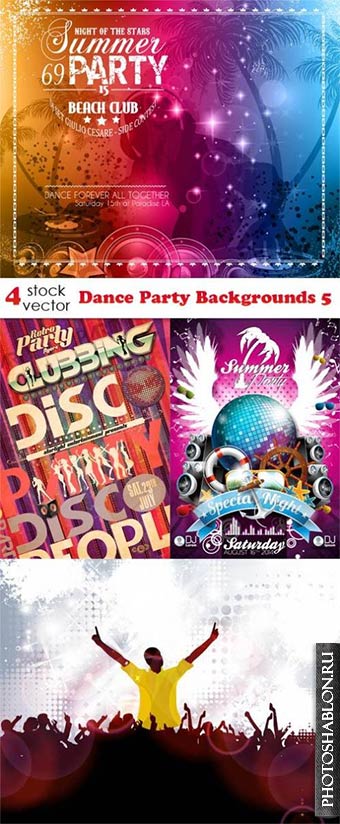
Vectors - Funny Various Animals 2
3 AI+TIFF | 68.67 Mb
|

Vectors - Clouds Infographic Backgrounds 2
Формат: AI (+TIFF Preview) | Количество: 4 | Размер: 108 MB
|

Романтические векторные фоны с цветами / Romantic vector background with flowers - 4
25 AI, EPS | RAR 136 MB
|

Vectors - Vintage Ornamental Dividers 10
Формат: AI (+TIFF Preview) | Количество: 3 | Размер: 54 MB
|

Vectors - Cartoon Business People 6
Формат: AI (+TIFF Preview) | Количество: 3 | Размер: 60 MB
|

Vectors - Car Service Backgrounds 2
4 AI+TIFF | 85.04 Mb
|

Векторный клипарт - Мороженое / Vectors - Different Ice Cream Set
3 AI+TIFF | 76.47 Mb
|

Векторные логотипы для сайта 2
EPS + JPG | 4000 x 4000 px | 58 МБ
|

Vectors - Racing Retro Labels
3 AI+TIFF | 64.62 Mb
|

Vectors - Dance Party Backgrounds 5
4 AI+TIFF | 153.97 Mb
|
|
Векторная графика, в отличие от растровой, строится не на основе сетки пикселей, а на математическом описании геометрических объектов - линий, кривых, многоугольников. Это позволяет векторным изображениям масштабироваться до бесконечности без потери качества, оставаясь четкими и гладкими даже при многократном увеличении. Каждый элемент в векторном изображении - это независимый объект, который можно редактировать отдельно, изменяя его цвет, форму, размер, положение, и т.д. Это делает векторную графику идеальным выбором для создания логотипов, иллюстраций, шрифтов, и других изображений, где важна четкость и масштабируемость.
Одним из ключевых преимуществ векторной графики является её компактность. Поскольку векторные изображения описываются математическими формулами, а не информацией о каждом пикселе, файлы обычно значительно меньше по размеру, чем их растровые аналоги. Это особенно важно для веб-графики и анимации, где размер файла напрямую влияет на скорость загрузки страницы и производительность. Кроме того, векторные файлы легче редактировать и обновлять, поскольку изменение одного объекта не требует повторной обработки всего изображения, как в случае с растровой графикой.












